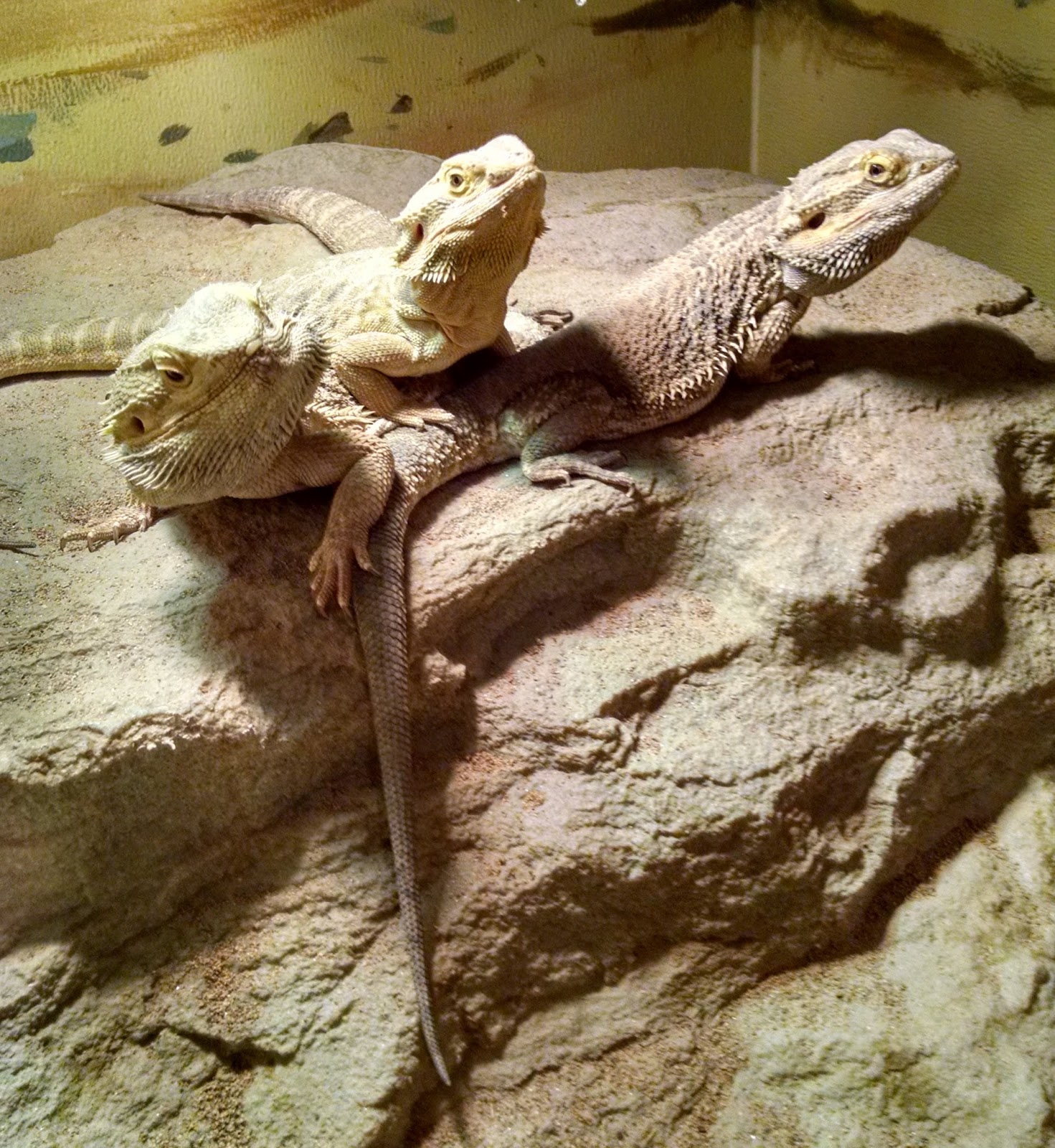Bearded Dragon Head Bobbing at Nothing: What It Means and What to Do.
Bearded Dragon Head Bobbing at Nothing: What It Means and What to Do.

If you’re a new owner of a bearded dragon, it’s not uncommon to see your pet doing some strange things. One notable behavior is head-bobbing, a movement where the dragon rapidly moves its head up and down. Although it may seem odd, head-bobbing is a natural instinctive behavior for bearded dragons. In this blog post, we’ll explore the reasons why a bearded dragon may head bob and what actions to take when you see it.
Why Do Bearded Dragons Head Bob?
Bearded dragons head bob for several reasons. One of the most common reasons is simply trying to show dominance. In the wild, male dragons head-bob to show their aggression towards other males. Bearded dragon head-bobbing at nothing can be its way of asserting its dominance in the enclosure. Additionally, a bearded dragon may also head-bob to show excitement or even as a sign of courtship during the breeding season.
Other Signs to Determine If the Head-Bobbing Is Aggressive
Head-bobbing alone can’t determine whether the bearded dragon is aggressive or not. Other actions can help determine its behavior, such as:
- Flattening its body and expanding its beard: This posture usually indicates defensive behavior, showing that the bearded dragon is trying to make itself look larger and more intimidating.
- Breathing heavily: Heavy breathing may indicate stress or fear
- Hissing: Hissing is an indication of aggression, while growling sounds could be a sound of arousal or mating behavior.
- Opening its mouth wide: This action usually accompanies aggressive behavior, and it’s often a warning for predators to stay away.
What to Do When Your Bearded Dragon Head-bobs
To make sure your bearded dragon is exhibiting a healthy, natural behavior, you should observe your pet’s head-bobbing action. If the head-bobbing is not accompanied by any of the signs mentioned above, it’s likely that your bearded dragon is not in any stress or danger. However, take note of the following:
- Verify the temperature of the terrarium: Bearded dragons are sensitive to temperatures; if it’s too hot or too cold, they may show signs of stress.
- Check the lighting: Bearded dragons need a UVB bulb to absorb calcium and other essential vitamins necessary for their growth.
- Feed them enough: Make sure they’re eating enough food according to their age and size.
- Provide a comfortable environment: Bearded dragons need to have enough substrate and hiding spaces to relieve their stress levels.
If you notice that the head-bobbing is continuing over more extended periods, it’s best to consult a veterinary expert with reptile treatment experience.
Conclusion
Bearded dragons are fascinating pets, and head-bobbing is part of their natural behavior. Although your dragon’s behavior can be confusing or alarming, it’s important to understand that head-bobbing is usually a harmless behavior. However, it’s essential to make sure that you’re providing your pet with the proper care and environment. Observing your pet closely and being knowledgeable about the signs of aggression can help you determine when it’s time to take action.

